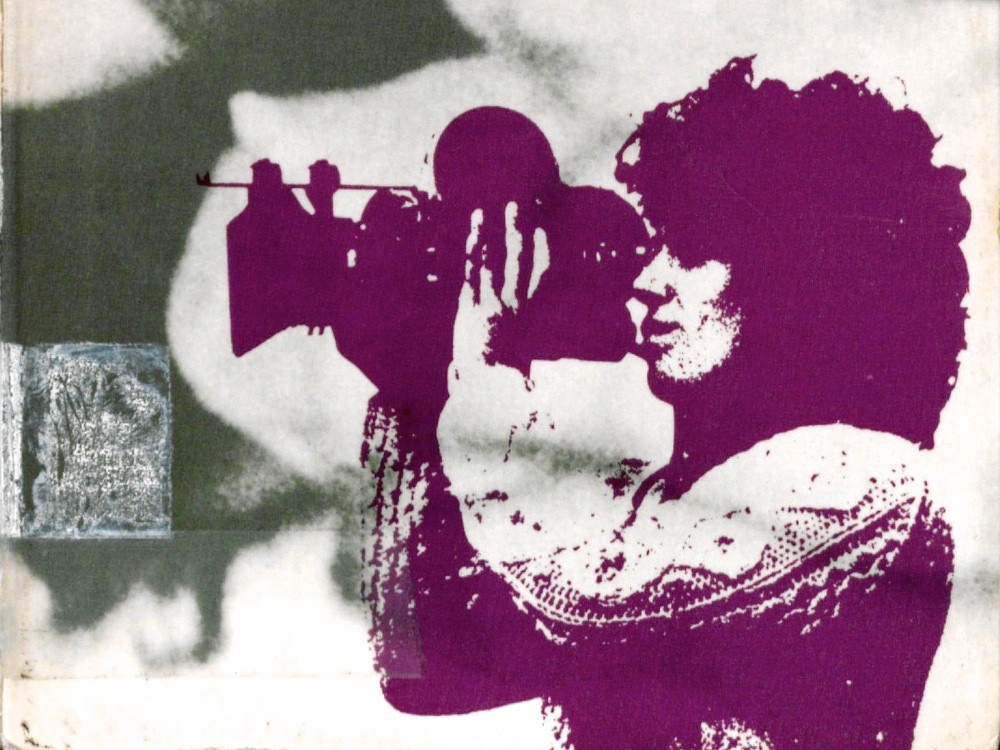Feminist film theory is a theoretical film criticism derived from feminist politics and feminist theory influenced by Second Wave Feminism and brought about around the 1970s in the United States.
Second-wave feminism is rooted in Marxist thought and in the women’s liberation movements of the 1960s and 1970s. In order to remedy gender inequality, women and feminists of the 1960s and 1970s fought for the equal treatment of women in the workplace, the home, and schools and colleges. They also fought for the over turning of traditions, which were often sexist, patriarchal, and oppressive to women.
In order to accomplish their goals, feminists needed to develop a theoretical model of patriarchy and women’s oppression that could be understood as a model analysis for their political and social actions: one that could be used to analyze the sources and causes of gender inequality. In developing this model, feminists engaged with Marxism to examine the structure that had produced gender inequality.
Feminist film theory is not the same as strong feminist theory. The difference delineating strong feminist theory from feminist film theory is that feminist film theory is based on the theories of women’s oppression and the ways race, gender, and class intersect in women’s lives. The development of strong feminist theory is primarily guided by the works of women of color scholars.
In feminist film theory, the role of women, and how they are oppressed, is conceived in a way that focuses on the many dimensions of oppression, including class, gender, race, and sexuality. From this perspective the causes and theorization of exploitation based on gender is a problematic topic for its numerous intersections with race, class, and sexuality. As a result in feminist film theory, gender is the primary focus of analysis, after which the causes of oppression can be more clearly defined.
As second-wave feminism pushed for a film theory that examined the roles played by gender, race, and class, it looked to Marxism as a method of analysis that could yield interpretive insights to patriarchy. Marxist theory is a set of political and social theories that helps explain the development of capitalism and its influence on society’s economic and political relations. The development of Marxist theory is based on the predictions and promises outlined in Marxist philosophy about the ways capitalism would evolve and the ways in which Marxist society would evolve through a transitional period, ending in a classless society.
Films that portray patriarchy, capitalism, and women’s oppression, and at the same time portray the barriers and resistance to oppression are found in many art films. Films, such as, Julie Dash’s Daughters of the Dust (1991), creates a utopian space where race and gender can be re-conceptualized and where exploitation can be abolished. The utopian space is a place of liberation for Black women, and even if only for a short time, relieves the reality of race, gender, and class oppression.









